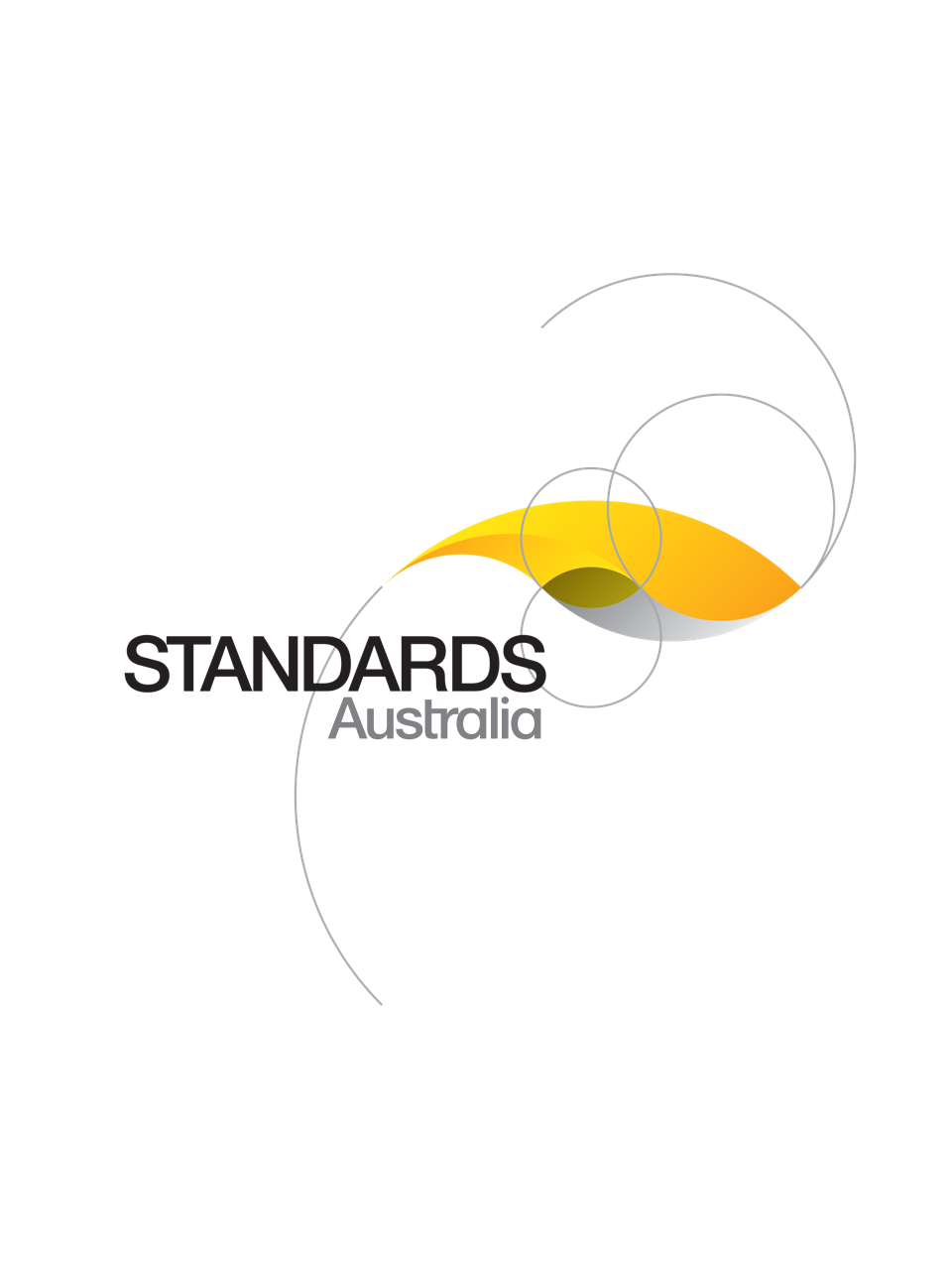Standard
Track updates
AS 4997-2005
[Pending Revision]Guidelines for the design of maritime structures
To provide designers, purchasers, authorities and manufacturers of structures in the marine environment with guidelines for the design of structures in a marine environment.
Published: 28/09/2005
Pages: 46
Table of contents
Cited references
Content history
Table of contents
Header
About this publication
Preface
1 Scope and general
1.1 Scope
1.2 Referenced and related documents
1.2.1 Referenced documents
1.2.2 Related documents
1.3 Notation
1.3.1 Abbreviations
1.3.2 Symbols
1.4 Definitions
2 Site investigation and planning
2.1 General
2.2 Survey
2.2.1 Survey grid
2.2.2 Survey datum
2.2.3 Hydrographic survey
2.2.4 Terrestrial surveys
2.3 Geotechnical
2.4 Assessment of loads
3 Dimensional criteria
3.1 Structure heights
3.2 Fender heights
3.3 Layout of berth structures
3.4 Access and safety
3.4.1 Application
3.4.2 Access for operational, inspection, maintenance and servicing personnel
3.4.3 Access to public transport facilities
3.4.4 Safety fencing
3.4.5 Safety ladders
4 Design requirements
4.1 Aim
4.2 Design requirements
4.2.1 General
4.2.2 Stability
4.2.3 Strength
4.2.4 Serviceability
4.2.5 Durability
4.2.6 Other relevant design requirements
4.3 Floating structures
4.4 Breakwaters
4.5 Effects of scour and siltation
4.6 Sea level rise (global warming)
5 Design actions
5.1 General
5.2 Permanent actions (dead loads)
5.3 Imposed actions (live loads)
5.3.1 Wharf deck loads
5.3.2 Vessel berthing and other imposed loads
5.3.2.1 General
5.3.2.2 Energy absorption through vessel hull
5.3.2.3 Energy absorbed through deflection of a berthing structure
5.3.2.4 Energy absorbing fender systems
5.3.2.5 Determination of berthing energy and loads
5.3.3 Mooring loads
5.4 Wind actions
5.4.1 Determination of wind actions
5.4.2 Wind actions on a vessel or structure
5.5 Current actions
5.5.1 Design current
5.5.2 Calculation
5.6 Debris actions
5.7 Negative lift due to currents
5.8 Hydrostatic actions
5.8.1 Uplift stability
5.8.2 Tidal lag
5.8.3 Ground water
5.8.4 Wave backpressure
5.9 Wave actions
5.9.1 General
5.9.2 Design wave heights
5.9.3 Design lateral wave loads
5.9.4 Wave uplift loads
5.10 Construction and maintenance actions
5.11 Lateral earth actions
5.12 Combinations of actions
5.12.1 General
5.12.2 Stability
5.12.3 Strength
5.12.4 Combinations for berthing and stream loads, water pressure, ground water and earth pressure
5.12.5 Combinations of wind and wave loads
5.12.6 Serviceability
5.12.7 Cyclic actions
5.13 Propeller wash
5.14 Earthquake actions
5.14.1 General
5.14.2 Maritime structures
6 Durability
6.1 General
6.2 Design life
6.2.1 General
6.2.2 Material considerations
6.2.2.1 General
6.2.2.2 Concrete
6.2.2.3 Steel
6.2.2.4 Timber
6.2.3 Maintenance
6.3 Concrete
6.3.1 General
6.3.2 Structural design
6.3.3 Structural concrete
6.3.4 Requirements for reinforcement
6.3.5 Prestressing steel
6.3.5.1 General
6.3.5.2 Post-tensioned members
6.3.5.3 Pre-tensioned members
6.3.6 Exposure classifications
6.3.7 Cover to reinforcement
6.3.7.1 General
6.3.7.2 Crack control
6.3.7.3 Embedded Items
6.4 Steel
6.4.1 General
6.4.2 Stainless steel
6.4.3 Material requirements
6.4.4 Steel protection systems
6.4.4.1 General
6.4.4.2 Jacket systems
6.4.4.3 Applied coatings
6.4.4.4 Wrapping systems
6.4.4.5 Painting systems
6.4.4.6 Metallic coatings
6.4.4.7 Corrosion allowance for permanently submerged steel
6.4.5 Member sizes
6.4.6 Cathodic protection
6.5 Timber
6.5.1 General
6.5.2 Immersed timber
6.5.3 Timbers above water level
6.5.4 Decking
6.5.5 Finishes
Appendix A
A1 General
A2 Container stacking
A3 Container transport
A4 Crane rails
Appendix B
B1 Scope
B2 General
B3 Approach velocity
B4 Fender reaction loads
B5 Loads associated with berthing impacts
Appendix C
Cited references in this standard
[Current]
Structural design actions, Part 0: General principles - Commentary (Supplement to AS/NZS 1170.0:2002)
AS 1012.13
Methods of testing concrete, Method 13: Determination of the drying shrinkage of concrete for samples prepared in the field or in the laboratory.
[Current]
Fixed platforms, walkways, stairways and ladders - Design, construction and installation
Content history
DR 02536
One-time Purchase
Access via web browser on any device
One-time purchase
Single publication
Offline access via PDF^
$177.61 AUD
Inclusive of GSTFormat *
Web Reader
Licenses *
1 License (for yourself - not shareable)
Total$177.61 AUD
IMPORTANT
